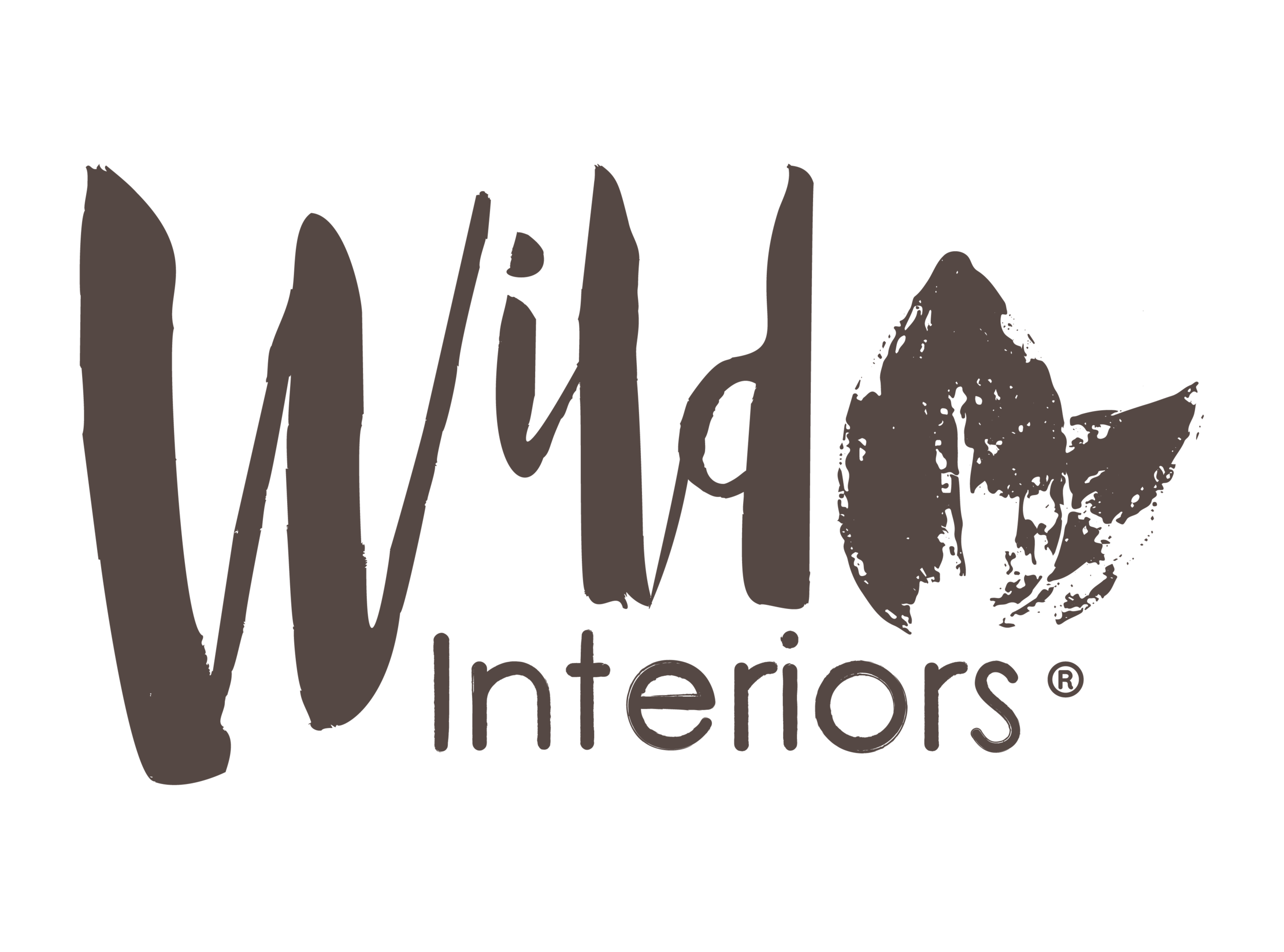Greenhouse Happenings: Integrated Pest Management
An important part of greenhouse practices at Wild Interiors is growing and maintaining healthy plants by protecting them from harmful pests when they are under our care. We accomplish this through integrated pest management practices. Read on to learn more about the different ways we protect our plants from all that creeps and crawls!
What is integrated pest management (IPM)?
Integrated pest management, or IPM for short, is a term used in horticulture to describe best-practice pest control. In other words, growers look to find the most effective and sustainable method of control. To inhibit pest populations in the greenhouse, an IPM program proactively incorporates some or all of the following elements:
organic or synthetic chemicals
living biological controls (ie. living organisms that eat/kill plant pests)
environmental controls (ie. temperature and humidity)
growing practices (ie. soil moisture control, leaf wetness, plant spacing, sanitization, etc.)
All of these tools can be incorporated into an integrated pest management program to prevent pests like unwanted mites or fungal organisms from taking hold. Our growers work to refine our IPM program to fit our goals and needs day-to-day.
How do we implement IPM in our greenhouses?
To give you an idea of how our team of growers implements IPM, we have a few examples of our methods.
Biological Controls
Not all crawlers are bad! As we continue to find alternatives to synthetic chemicals in the horticulture industry, more growers are utilizing biological controls (a.k.a. beneficials) to naturally control bad pest populations. We asked our head of IPM for a few examples because these are so cool!
Amblyseius cucumeris mite - This mite is a generalist predator, which we use to specifically control thrips larvae, broad mites and the occasional spider mite (although they prefer the thrips larvae).
Phytoseiulus persimilis mite - Fast and red, this beneficial mite preys on spider mites, taking on its red color from the spider mites it consumes.
Aphidius colemani parasitic wasp - Specifically targeting aphids, this parasitic wasp lays its eggs in live aphids, causing them to “mummify,” later hatching out as an adult.
Cryptolaemus montrouzieri beetle - This beetle takes down mealybugs. Its larvae blend in with the mealybugs by adopting a fuzzy white look to get closer to its prey.
These beneficials will die off or migrate to other plants when the pest that they eat has been eliminated.
Basic Sanitization
Our growers take precautions to maintain clean greenhouses, growing materials, and tools. Regularly, greenhouse surfaces such as floors and benches are sanitized. Clean containers and fresh potting media are used to prevent soil-borne plant pests. And, we also recapture and treat our water for a sustainable and safe alternative to using other sources of water.
Climate Optimization
Warmer temperatures can actually increase the reproduction rate of certain pests. By using state-of-the-art climate control systems, our greenhouse growers are able to prevent increased pest populations by keeping temperatures below a certain threshold.
Scouting
No matter the IPM program, regular scouting is a must! Growers cannot prevent or treat pest issues without being aware of the pest populations within the growing space. Weekly, our growers spend time identifying and counting pests on sticky cards throughout their growing space and reporting to our head of IPM. The best growers are aware of their growing space climate and pest populations at all times.
Our growing team works to proactively take down pests in the most sustainable and effective way so that you can enjoy healthy plants that were responsibly grown. Learn more about sustainable growing practices at Wild Interiors, here.

